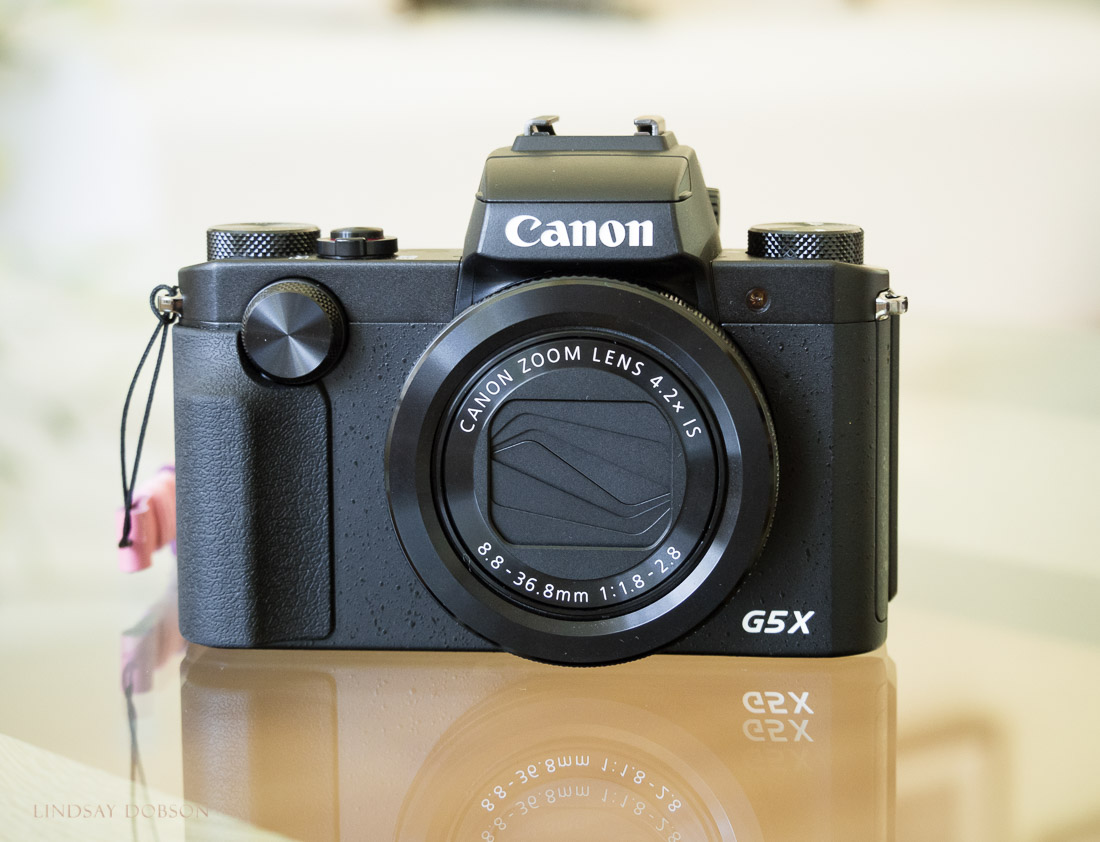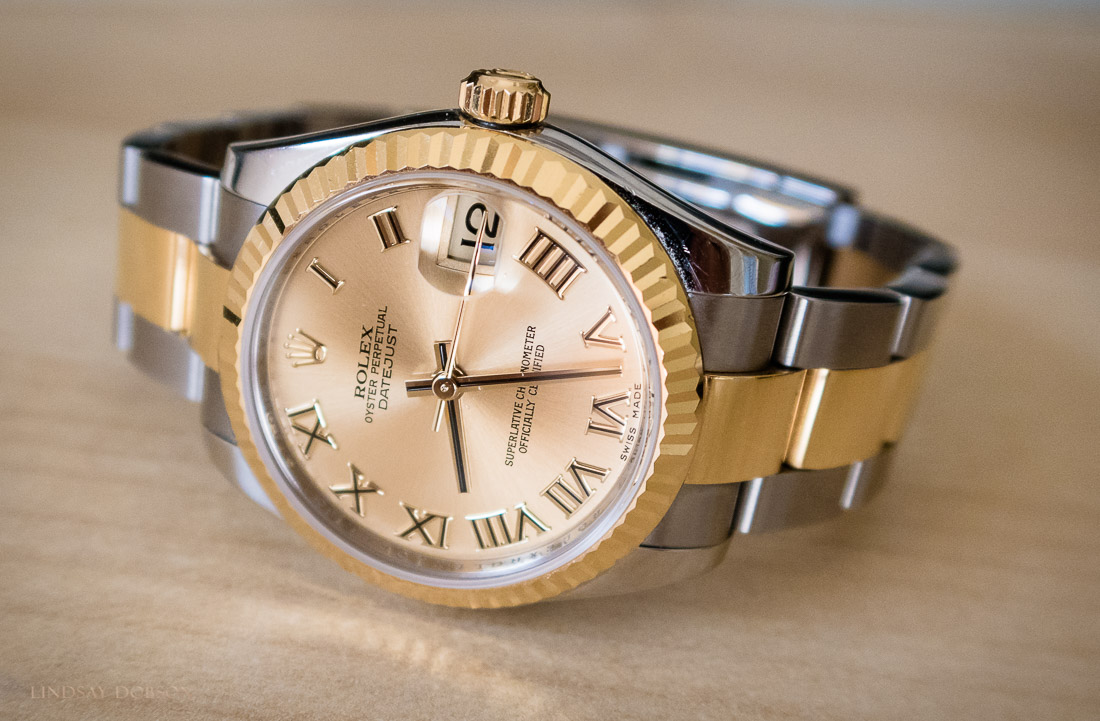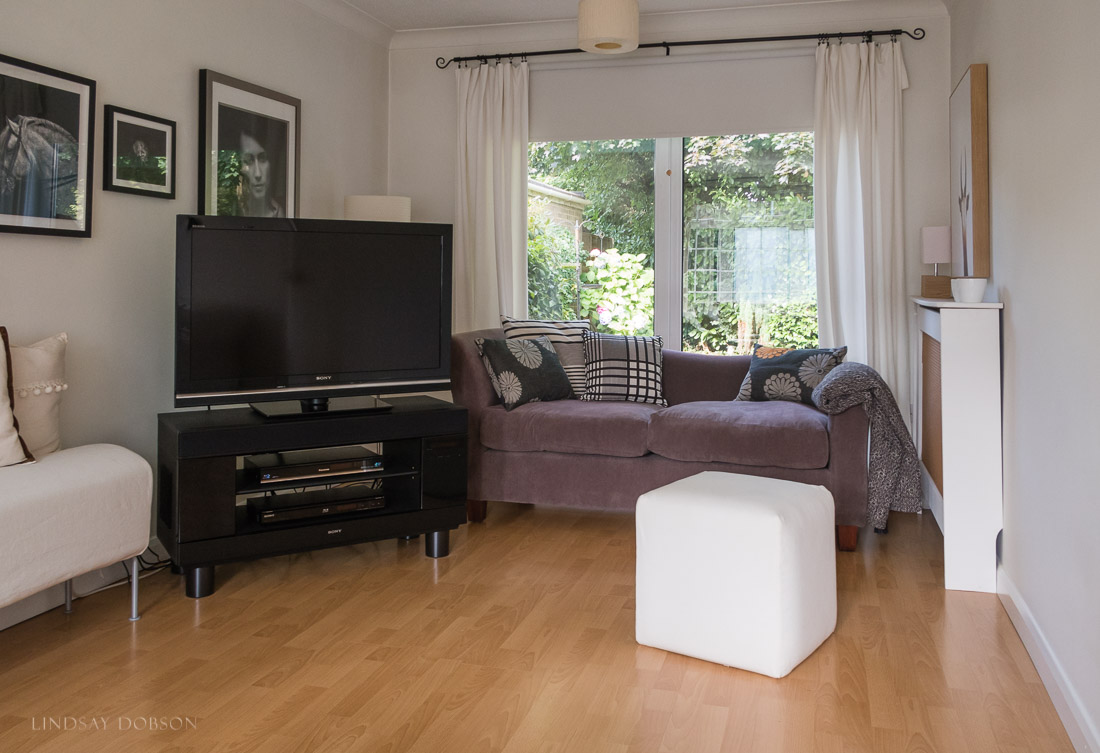Canon G5X Review | Choosing the Right Compact Camera
Everyone has different needs when choosing a camera, be it a camera for casual recreational use or something for a more serious purpose. In this article I’m going to talk about my requirements for a compact camera. Like most professionals, I really do benefit from having a well specified small camera about my person on a virtually constant basis. In fact many of my award-winning images have been gathered this way.
This is how my own requirements stack up:
Small enough to fit in a handbag, jacket pocket, or waist pouch
Easy handling and quick direct access to settings (this is a key area where I’ve begun to struggle with my GM1)
Excellent image quality (this is inextricably linked to lens quality) such as reasonably good high ISO capability and accurate colour rendition
A fast-ish zoom lens (a big ask for any compact camera)
Quick and accurate focusing
A hotshoe (I do a fair amount of flash work so being able to attach a radio trigger or small accessory speed light is quite important to me)
The ability to shoot at a fairly wide aperture in bright light. The maximum shutter speed of the camera will determine this, however an electronic shutter will usually be very fast, saving you from this particular limitation. This is most relevant to portrait and street photographers. In the absence of a high speed shutter, a built-in ND filter can save the day.
A good viewfinder is a bonus (many compact camera buyers insist that a viewfinder is a must, only to find that the small camera they purchased has an equally small and useless viewfinder). Viewfinders are not made equal – always check the size and specification.
Macro capability (often a strong point of compact/smaller sensor cameras)
Rugged build quality
A flip out screen would be nice, but it isn’t a deal breaker
You’ll see that Wi-Fi and video don’t feature on my list because they’re not areas of interest for me, but they might be for you.
For the record, I’m moving on from my excellent Panasonic GM1 for economic reasons (sometimes small is just too small). As we get older, ergonomics become ever more important. The compact camera I eventually chose was the Canon G5X.
Canon G5X Field Review - Features & Performance
This is not a technical review – there are plenty of those around the Internet. I won’t be going into any detail specifications since all that’s easily available elsewhere. Instead, my reviews live in the real world and follow the usage for which this camera was purchased. Where personal photos go I occasionally make large prints and I frequently put my photographs online. How you intend to use your images is crucial since that will determine how nitpicky you need to be about your output. There isn’t much point pixel peeping and complaining about a bit of noise at 1600 ISO if all you ever do is place low resolution pictures online. Output quality isn’t just about how good your camera sensor is, the lens is crucial, and even more so is the level of skill and understanding of the photographer.
We have to be realistic on every level when assessing most compact cameras, even the best ones. Their physical size places limitations on the optics and sensor. But sometimes we can ameliorate these caveats if we understand our craft and the technology we’re using.
It makes no sense to compare a small compact like this to your full frame DSLR. If comparisons are to be made, it should be with whichever compact camera or walkabout camera you had previously. For me that’s the excellent Panasonic GM1 and the 14-42 PZ pancake zoom – a variable aperture optic which is well regarded and really quite sharp through its range. It’s a stellar walkabout lens in my view.
So let’s delve into how the G5X performs in real-world conditions.
Canon G5X Build and handling
Many of us crave a small camera which will fit in a jacket pocket, but it’s important that we choose the right compact camera for our hands and fingers otherwise operating it can be highly frustrating. The G5X has certainly solved those problems for me. It’s almost like using a miniaturised DSLR in terms of the layout and the functionality of the dials and buttons. I’ve assigned ISO to the front wheel (which sits around the lens) and aperture is handled by the other dial on the front of the camera. Better still, it has a dedicated exposure compensation dial.
I used Canon cameras for many years before moving to Olympus for my professional work and the menus continue to be straightforward and logical. In fact I was able to set this camera up from start to finish in about 5 min, and I didn’t even need to open the instruction manual. In that regard, the camera is a true pleasure to use. It’s slightly chunky, but not too chunky and the grip on the front is useful. At no point do I feel the camera is going to slide out of my fingers (that was one of my biggest gripes with the Sony RX100 line).
It feels dense without being overly heavy and the build quality is impressive – and so it should be at this price point. There are mixed opinions online about how it looks, but I think it’s appealing. Why? Because it actually looks like a camera rather than a gadget.
One thing which does annoy me is the tendency for the position of the focus box to be moved accidentally. The button for controlling this lies right next to the thumb grip on the top right-hand corner of the camera. No matter how carefully I hold the camera this button seems to get knocked and the focus point inadvertently moved. Thankfully the focus box button, if pressed and held down, returns the focus point back to the centre – saving you a lot of button pressing.
Canon G5X Sensor
The G5X has a 1 inch sensor. That’s a lot smaller than my day-to-day Micro 4/3 cameras, but it’s quite big in compact camera terms. Teamed with the sensor is of course the all-important processing engine which is Digic 6 – and it’s very good, if not particularly fast in frame rate terms.
At 20 megapixels there is ample opportunity to crop if you need to – but remember cropping depends on very accurate focusing. As expected the RAW files are softer than the JPEGs, but careful processing takes care of this.
An area where I’ve been impressed with the G5X is dynamic range. Throughout my testing highlights were particularly well controlled and easy to recover afterwards in most situations In fact the files are very malleable and excellent to process. I am of course talking about RAW capture since JPEGs are already cooked and finished in the camera and therefore won’t stand up to much in the way of additional treatment. In Adobe Lightroom I can use all of my existing presets without having to adjust them or create new ones for the G5X (which was certainly the case when I had the Sony RX100ii).
1/250 f3.5 ISO125 23.7mm
1/2000 f2.8 ISO125 8.8mm
Canon G5X Lens
Zoom lenses tend to be weakest at the extremities of the focal range and at the widest apertures. These weaknesses tend to be most prominent in cameras which have fixed zoom lenses. In the G5X the lens covers a very useful 24 to 100 focal range (in 35mm terms) at f1.8 to f2.8. Scaling down a zoom lens to the point where it covers a desirable range and maintains a fast maximum aperture is challenging for the best of engineers. Canon and Sony have pulled this off reasonably well in their compact cameras, but both suffer to varying degrees from the compromises inherent to this kind of optical design.
On the Canon G5X there is noticeable softening around the edges at the widest extremity of the zoom range (irrespective of aperture, although stopping down does improve overall sharpness). Macro/closeup images shot wide-open at the widest apertures exhibit a glow or haze, which is a fairly well-known caveat of this particular lens and others like it. But seriously, would you really take closeup photographs using those settings – I would hope the answer is no! Stop down the lens from F2.8 to f4 and everything looks great. If you back up somewhat, non-closeup images have decent centre sharpness at f1.8. The lens is generally at its best from mid to full telephoto. But do bear in mind that for large prints you may find you need to crop away some of the edges and corners.
The images below are 50% crops (shot as RAW) at ISO400 and the focus point is the date cyclops. The top image is shot at f1.8 and the bottom one at f3.2. At these working distances depth of field is razor thin, probably a couple of millimetres at the widest aperture. At the wide end of the lens you can focus as close as a couple of inches, but remember autofocus is not necessarily at its best at such a close range. Edge softening at the short end of your focal range also appears worse when photographing close objects. All that said, the glow you see is mostly down to optical design. You can overcome this by stopping down a little which transforms your results (optimal sharpness probably occurs at around f4).
Files when viewed in Adobe Lightroom show some purple fringing in high contrast areas (most notable a wider settings) but this is easy to remove in Lightroom. Stopping down the aperture a bit usually improves things – but don’t stop down too much because diffraction kicks in early with smaller sensor bodies – I wouldn’t be going beyond f5.6 with a 1″ sensor.
1/1000 f1.8 ISO400 8.8mm
1/320 f3.2 ISO400 8.8mm
Canon G5X ISO/Noise
This is the one which is so heavily debated across forums and chat rooms, and indeed is often the only benchmark on which cameras are chosen and bought. Purchasing a camera based on the sensor alone makes no sense – there’s far more to creating technically strong (not to mention creative) photographs. By way of comparison my Panasonic GM1 outputs quite clean images at ISO 1600 but noise becomes much more obvious at ISO 3200. Our own personal noise thresholds vary wildly. In general, technically minded amateurs will stress over the merest hint of grain whereas more experienced photographers (mostly those who actually make prints) are usually more tolerant.
Data charts will drive you mad if you allow them to. I cannot stress enough that what is written on paper doesn’t always translate to real-world shooting. Testing in noise inducing situations is likely to suggest that there are two stops of noise between a good Micro 4/3 sensor and a full frame DSLR (which I also own). We can extrapolate that to suggest that there is likely to be 3 1/2 stops between the G5X and a full frame machine. However the tonality of your scene can affect this and in a lot of cases the noise difference between one format and another won’t seem so large.
In my basic tests so far I would say subjectively that the G5X lags behind my GM1 on the noise stakes by approximately 1.5 stops. That’s good for a smallish sensor. When you then consider that I’ve been using a variable aperture kit lens on my GM1, with a slower aperture of f5.6 at the zoom extremity (and f3.5 at its widest) it’s immediately clear that a couple of stops of light can be salvaged from the faster lens on the G5X – and hence a couple of stops of ISO if needed. If your subject is static, the very good in camera 5-axis stabilisation on the G5X will aid you further because you’ll be able to handhold at quite slow shutter speeds. However at the widest apertures remember there is less edge sharpness on the G5X. That alone will probably force you to stop down even if you don’t want to.
With the G5X images up to ISO 400 are acceptably clean in my opinion, and the output at low sensitivities appears broadly comparable with many larger sensor cameras. In fact RAW file detail is retained well right through to 3200 (providing you’re stopping the lens down a bit). JPEGs start to show smearing from ISO 800 (this is the case in many cameras, even with noise reduction turned down).
Therefore subjectively speaking in field conditions I would happily shoot at ISO 400 on the G5X for high-quality output, up to ISO 1600 on my GM1 and no more than ISO 4000 on my 5DMkIII (a camera I no longer use other than one day a year when shooting at London fashion week with Canon). Those ISO values give me the most leeway including creating large prints. But I will very happily shoot a stop or so higher than that for smaller prints or images which are destined to go in albums. For the web, we can add yet another stop of ISO.
The reference image is the narrow end of my viewing room which if suitably dim at this time of the morning, and here is the full size photo shot at ISO 400 with a small amount of processing:
Overall Scene
1/100 f4 ISO400 Crop
1/160 f4 ISO800 Crop
1/320 f4 ISO1600 Crop
In the next instalment we’ll continue to review the features of the G5X including depth of field, macro, and flash – as well as delivering an overall verdict. Will this ‘handbag’ camera be a keeper?




















